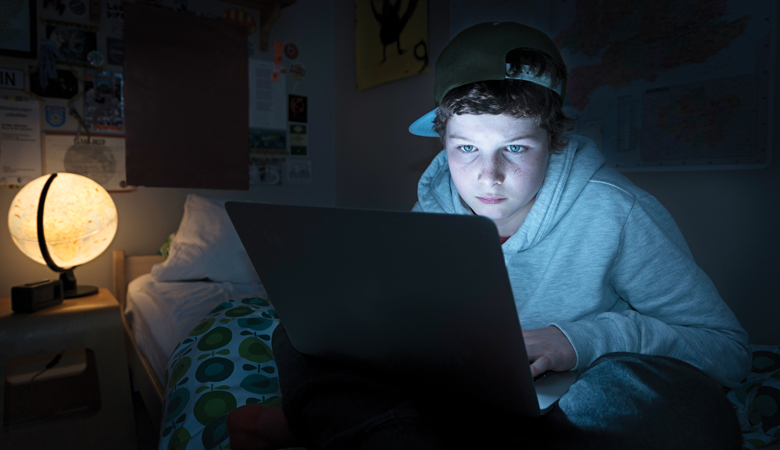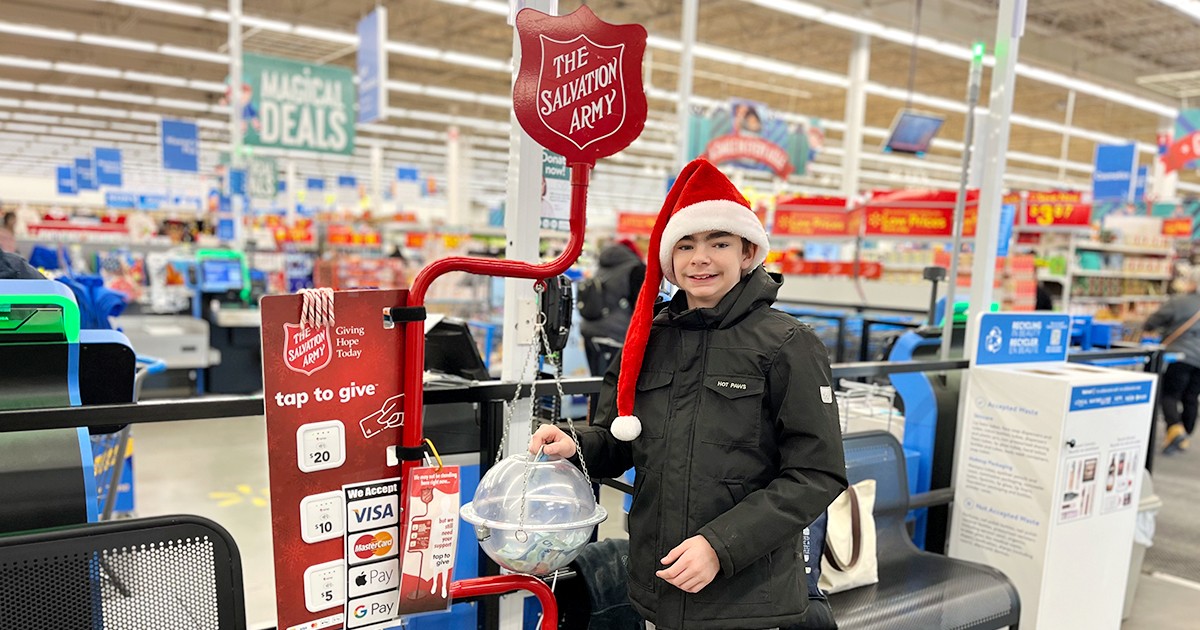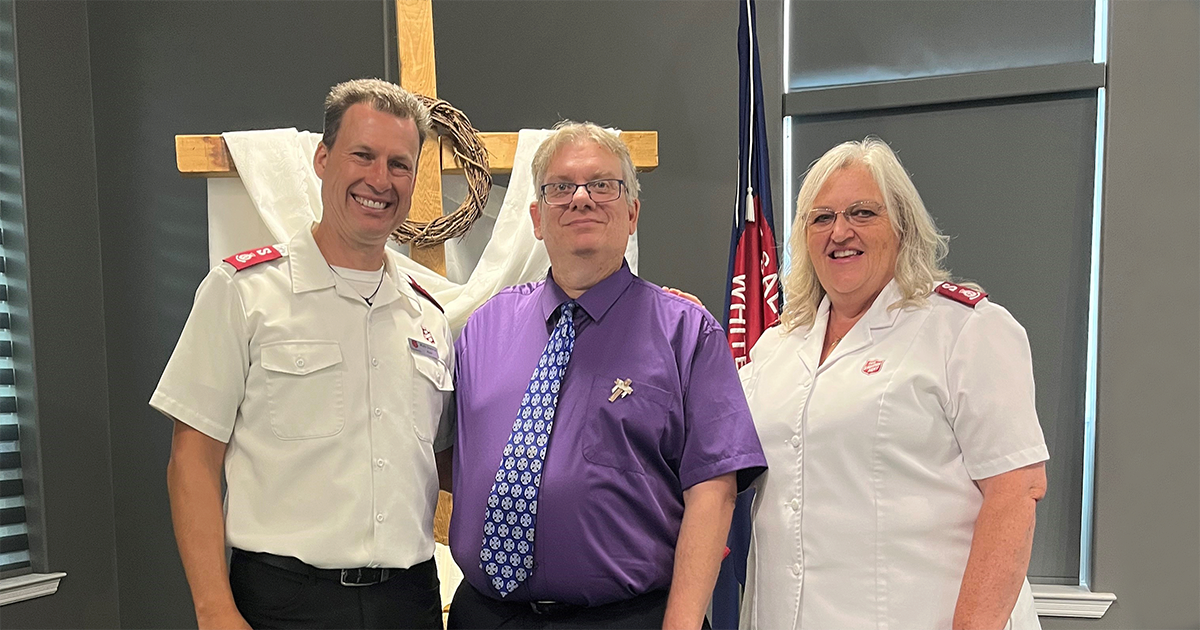In these COVID-19 pandemic days, we’ve learned a great deal about preparation and prevention: hand-washing hygiene and respiratory etiquette, social distancing and self-isolation. All these things aim at prevention and staying healthy and safe.
The closure of workplaces and schools means families are finding themselves bunkered at home together, with a much different rhythm of life and loads of time on their hands. And with this comes the opportunity for a lot more screen time—not just for online schooling and social connecting, but also more exposure to unwanted and harmful content.
Availability and access to pornography is overwhelming. My grandchildren are growing up in a different world than I did. As a young parent, technology and the internet were on the upswing, and I was vigilant about what did and didn’t enter our home. Since then, the pornography industry has become more predatory than ever, attempting to “hook” curious and vulnerable young children through whatever mobile device or social media platform they are using.
So how is porn harmful to children and what can we do about it?
Porn is used to normalize the sexualization of children and youth. It can deeply disrupt normal childhood development, distorting sexual behaviours and attitudes. Porn is also used to groom children for sexual abuse. More and more children and youth are seeking help to kick their pornography habits. It’s important that parents are aware of and part of their children’s screen lives, given that porn is often introduced and spread by peers, and more children are being sexually abused by other children and youth.
A child’s first exposure to porn is rarely disclosed to parents, and shame and secrecy can lead to habit-forming use and behaviour if there is no intervention. It’s crucial that parents take the initiative in these conversations with calm confidence.
Parents and caregivers, how do we be proactive in talking about pornography and teaching young children to be internet safe? It’s not easy to know when to begin these conversations, but they need to begin sooner rather than later. That means we need to get educated ourselves, because we don’t want children facing this alone.
Understanding why children get pulled in and the many ways pornography affects children is a starting place. There are several terrific websites that provide solid tools to equip parents for conversations and protect kids from pornography. Protectyoungminds.org and parentsaware.info are two.
Plan a time to talk with your child about online safety. Define the word pornography; they need to know what it means and be able to recognize it when they see it. Explain why it is so harmful. Teach them the name of their body parts and their purpose. Teach them healthy sexuality, with the foundational biblical truth that they are “fearfully and wonderfully made” (Psalm 139:14).
The brain is another body part that’s important in this fight. The ability to stop, think and say no to porn is a gamechanger: “Take captive every thought to make it obedient to Christ” (2 Corinthians 10:5). “Finally, brothers and sisters, whatever is true, whatever is noble, whatever is right, whatever is pure, whatever is lovely, whatever is admirable—if anything is excellent or praiseworthy—think about such things” (Philippians 4:8). These steps are the beginning of teaching children how to reject and refuse porn. We want to porn-proof this generation.
Through proactive prevention we can immunize the current generation from porn, giving them a strong biblical foundation of sexual integrity, emotional strength and healthy use of technology, which in turn protects their brains, bodies, souls and relationships from the ravages of porn.
Lt-Colonel Lynn Armstrong is the secretary for program in the Canada and Bermuda Territory.
Protecting Young Minds
The mission of Protect Young Minds, founded by Kristen Jensen, is to empower parents, professionals and community leaders to protect young kids from pornography and promote healing from any sexual exploitation. Jensen is also the bestselling author of Good Pictures Bad Pictures: Porn-Proofing Today’s Young Kids and Good Pictures Bad Pictures Jr.: A Simple Plan to Protect Young Minds. Visit protectyoungminds.org for other great resources and curriculum.
Photo: ClarkandCompany/iStock via Getty Images Plus
The closure of workplaces and schools means families are finding themselves bunkered at home together, with a much different rhythm of life and loads of time on their hands. And with this comes the opportunity for a lot more screen time—not just for online schooling and social connecting, but also more exposure to unwanted and harmful content.
Availability and access to pornography is overwhelming. My grandchildren are growing up in a different world than I did. As a young parent, technology and the internet were on the upswing, and I was vigilant about what did and didn’t enter our home. Since then, the pornography industry has become more predatory than ever, attempting to “hook” curious and vulnerable young children through whatever mobile device or social media platform they are using.
So how is porn harmful to children and what can we do about it?
Porn is used to normalize the sexualization of children and youth. It can deeply disrupt normal childhood development, distorting sexual behaviours and attitudes. Porn is also used to groom children for sexual abuse. More and more children and youth are seeking help to kick their pornography habits. It’s important that parents are aware of and part of their children’s screen lives, given that porn is often introduced and spread by peers, and more children are being sexually abused by other children and youth.
A child’s first exposure to porn is rarely disclosed to parents, and shame and secrecy can lead to habit-forming use and behaviour if there is no intervention. It’s crucial that parents take the initiative in these conversations with calm confidence.
Parents and caregivers, how do we be proactive in talking about pornography and teaching young children to be internet safe? It’s not easy to know when to begin these conversations, but they need to begin sooner rather than later. That means we need to get educated ourselves, because we don’t want children facing this alone.
Understanding why children get pulled in and the many ways pornography affects children is a starting place. There are several terrific websites that provide solid tools to equip parents for conversations and protect kids from pornography. Protectyoungminds.org and parentsaware.info are two.
Plan a time to talk with your child about online safety. Define the word pornography; they need to know what it means and be able to recognize it when they see it. Explain why it is so harmful. Teach them the name of their body parts and their purpose. Teach them healthy sexuality, with the foundational biblical truth that they are “fearfully and wonderfully made” (Psalm 139:14).
The brain is another body part that’s important in this fight. The ability to stop, think and say no to porn is a gamechanger: “Take captive every thought to make it obedient to Christ” (2 Corinthians 10:5). “Finally, brothers and sisters, whatever is true, whatever is noble, whatever is right, whatever is pure, whatever is lovely, whatever is admirable—if anything is excellent or praiseworthy—think about such things” (Philippians 4:8). These steps are the beginning of teaching children how to reject and refuse porn. We want to porn-proof this generation.
Through proactive prevention we can immunize the current generation from porn, giving them a strong biblical foundation of sexual integrity, emotional strength and healthy use of technology, which in turn protects their brains, bodies, souls and relationships from the ravages of porn.
Lt-Colonel Lynn Armstrong is the secretary for program in the Canada and Bermuda Territory.
Protecting Young Minds
The mission of Protect Young Minds, founded by Kristen Jensen, is to empower parents, professionals and community leaders to protect young kids from pornography and promote healing from any sexual exploitation. Jensen is also the bestselling author of Good Pictures Bad Pictures: Porn-Proofing Today’s Young Kids and Good Pictures Bad Pictures Jr.: A Simple Plan to Protect Young Minds. Visit protectyoungminds.org for other great resources and curriculum.
Photo: ClarkandCompany/iStock via Getty Images Plus










Leave a Comment